Why we ran it: To see if an electrified estate like the Peugeot 308 SW still has a place in a world of crossover competitors
Month 3 - Month 2 - Month 1 - Specs
Life with a Peugeot 308 SW PHEV: Month 3
Our PHEV estate provided a welcome antidote to SUVs despite issues of its own - 15 March 2023
After almost 7500 miles, our Peugeot 308 SW is on its way to its next owner and in many ways, I wish it wasn't.
The past few winter months have been dreary but I always looked forward to driving this plug-in hybrid estate. I know I've complained a lot - the electrical issues I experienced were a constant cause of frustration and then there was the electric-only range. I never really expected to get the full 37 miles out of it, but to only ever get half of that claimed figure after a full charge once in my entire time with the car was very disappointing (a reader also emailed to say they were experiencing similar problems with their DS 4 E-Tense, another new Stellanis PHEV).
I've since been told by Peugeot that most of the problems I've noted should have been fixed in an over-the-air software update, which can be installed by a dealer for free. So, if you're thinking of buying this particular variant of the 308, you shouldn't have the same issues.
And that's good news, not least because, apart from those admittedly big problems, it was pleasant to live with and good fun to drive. It was agile in corners and good fun to drive, while remaining comfortable and high and low speeds.
The seats were decently comfy as well, never giving me any aches or pains, despite several long-distance trips. I was drawn in by the styling too, and I think most of Stellantis' designers have done a great job on their current crop of estates.
Despite the 308 being a comfortable motorway cruiser, the PHEV powertrain had its issues. Step-off was sluggish and the eight-speed automatic's shifts weren't great at urban speeds. I also felt quite conspicuous when idling at traffic lights with no remaining battery charge just because of how loud the engine was.
Some equipment was missing from our car too, even though it was in a near-range-topping spec. The absence of heated seats was a big loss in the winter months, and electric seats in general would have been a nice addition.

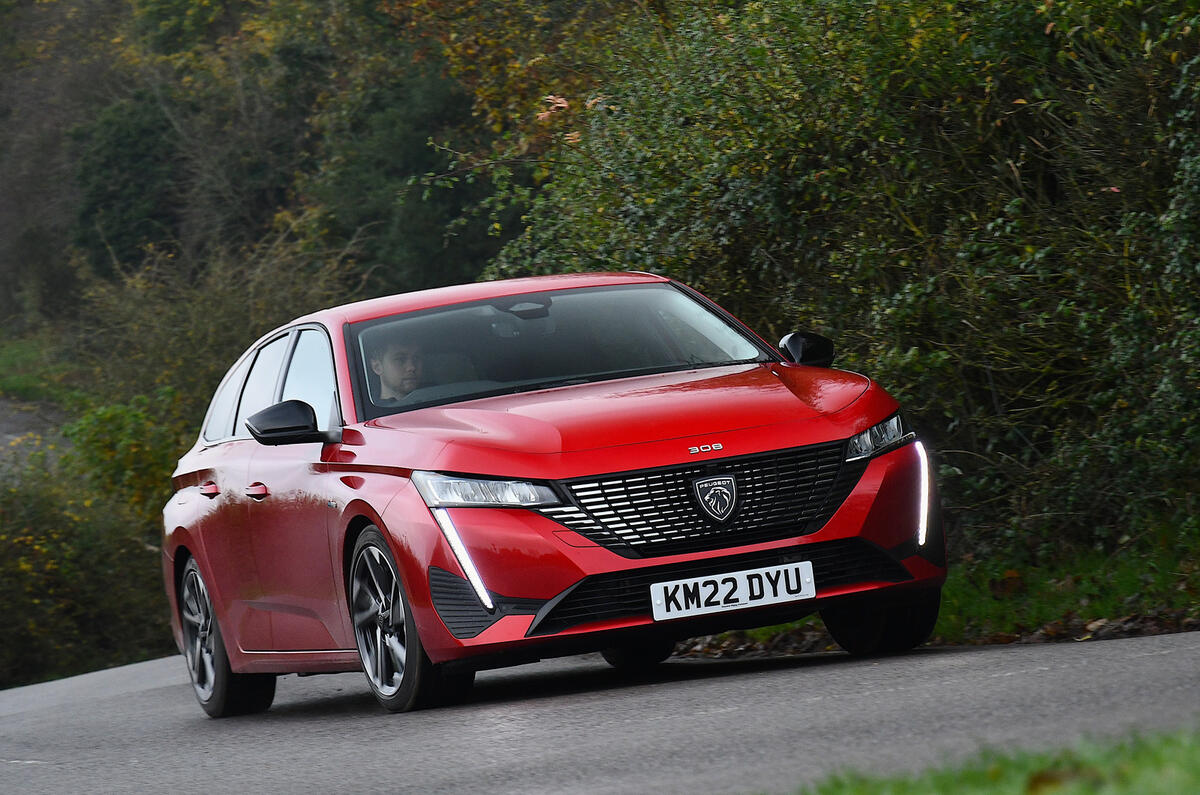
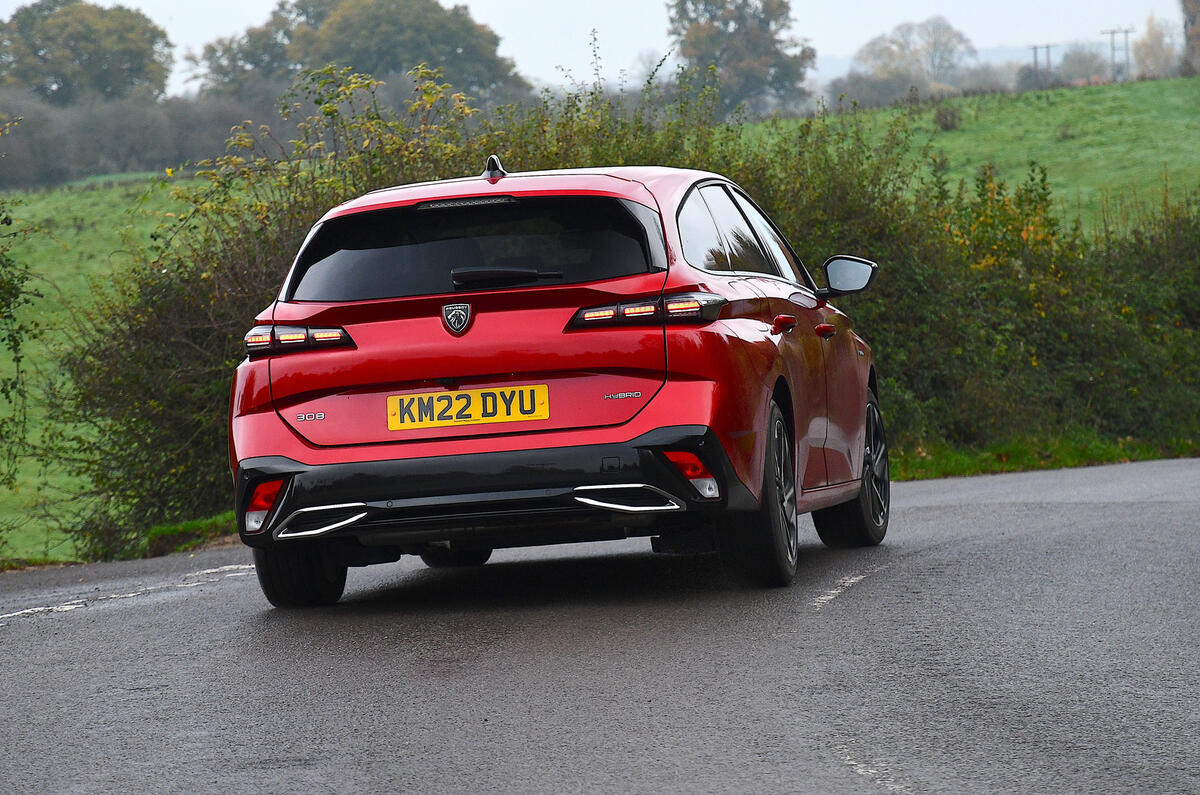
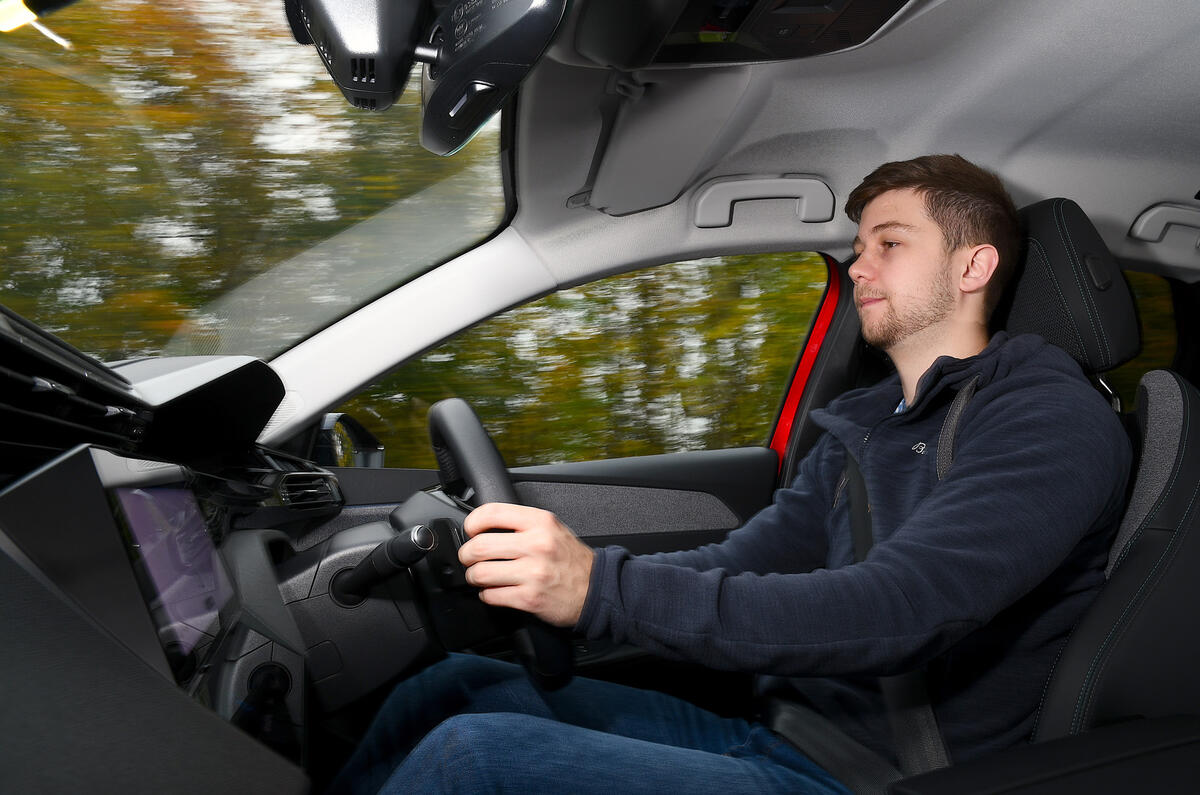
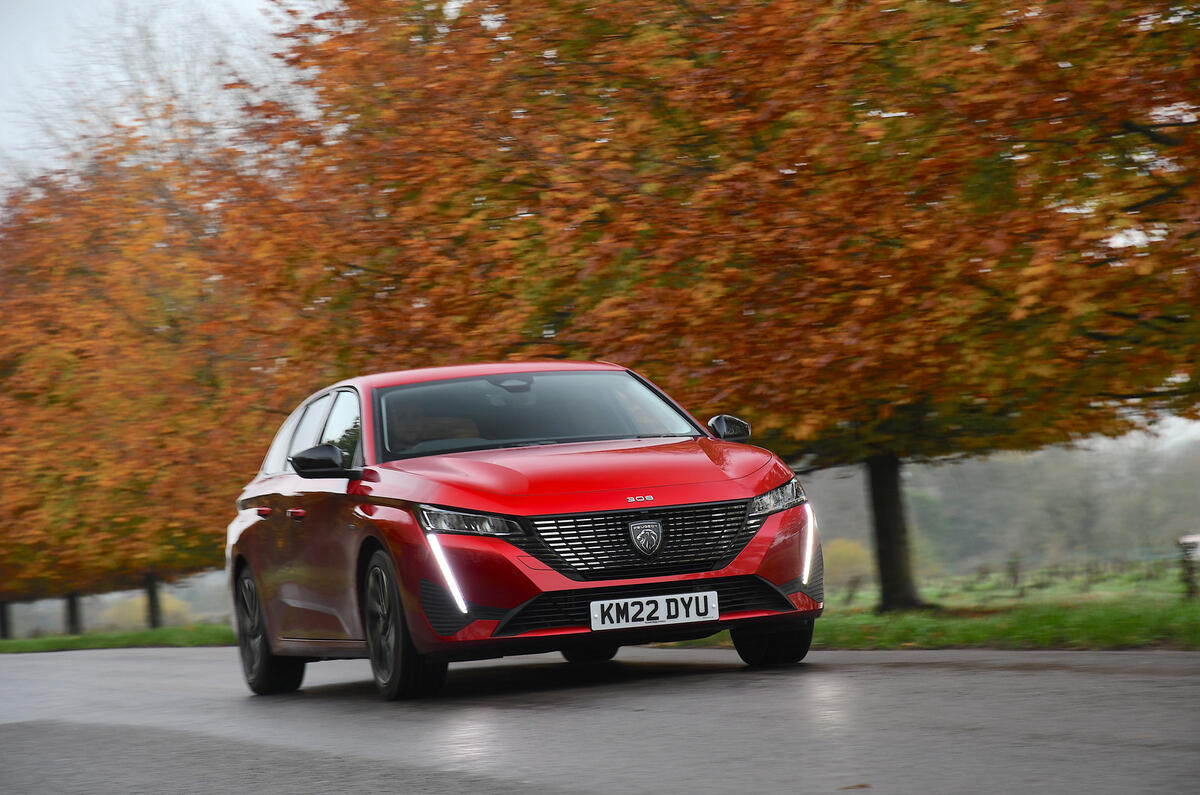
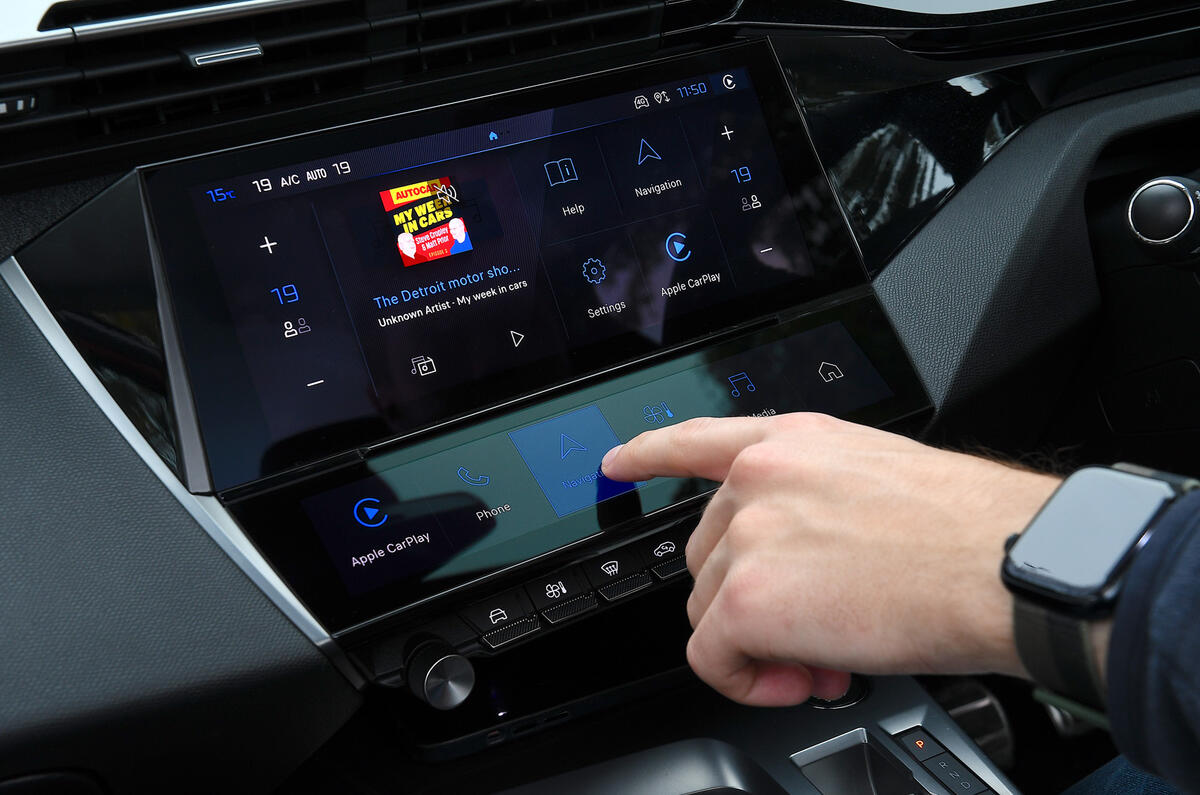
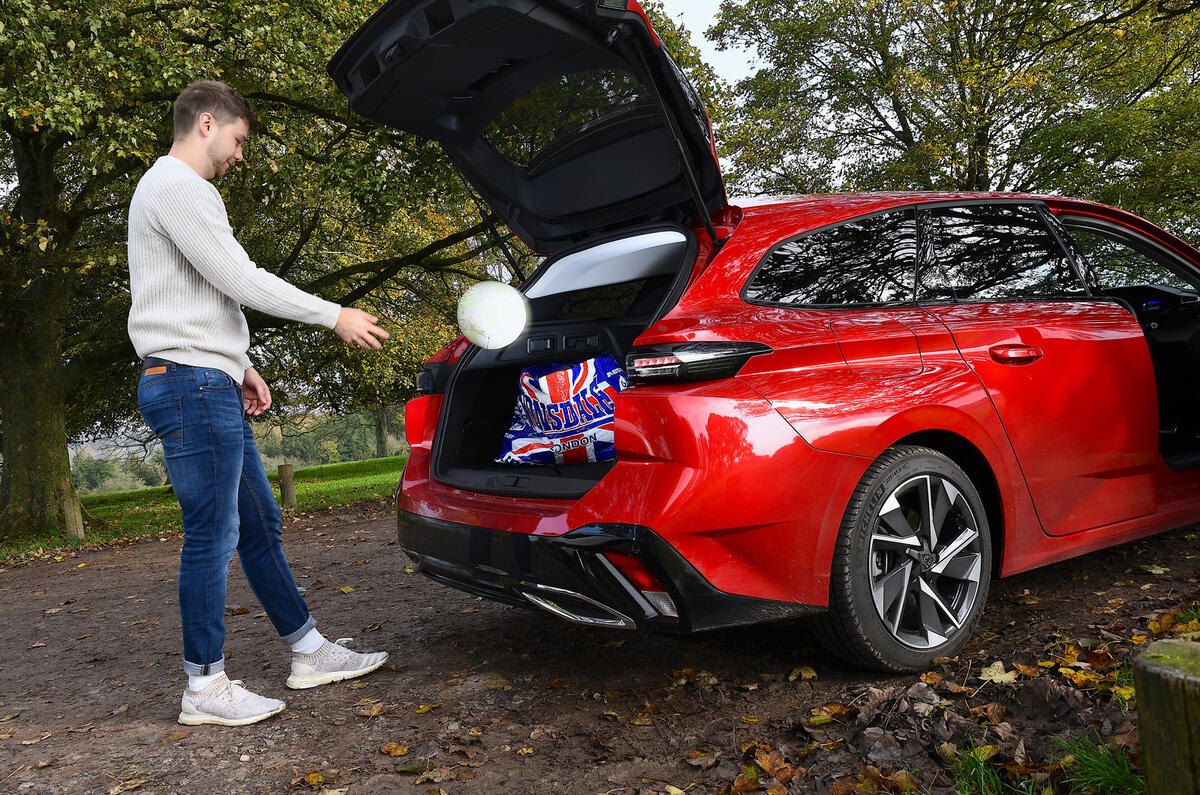
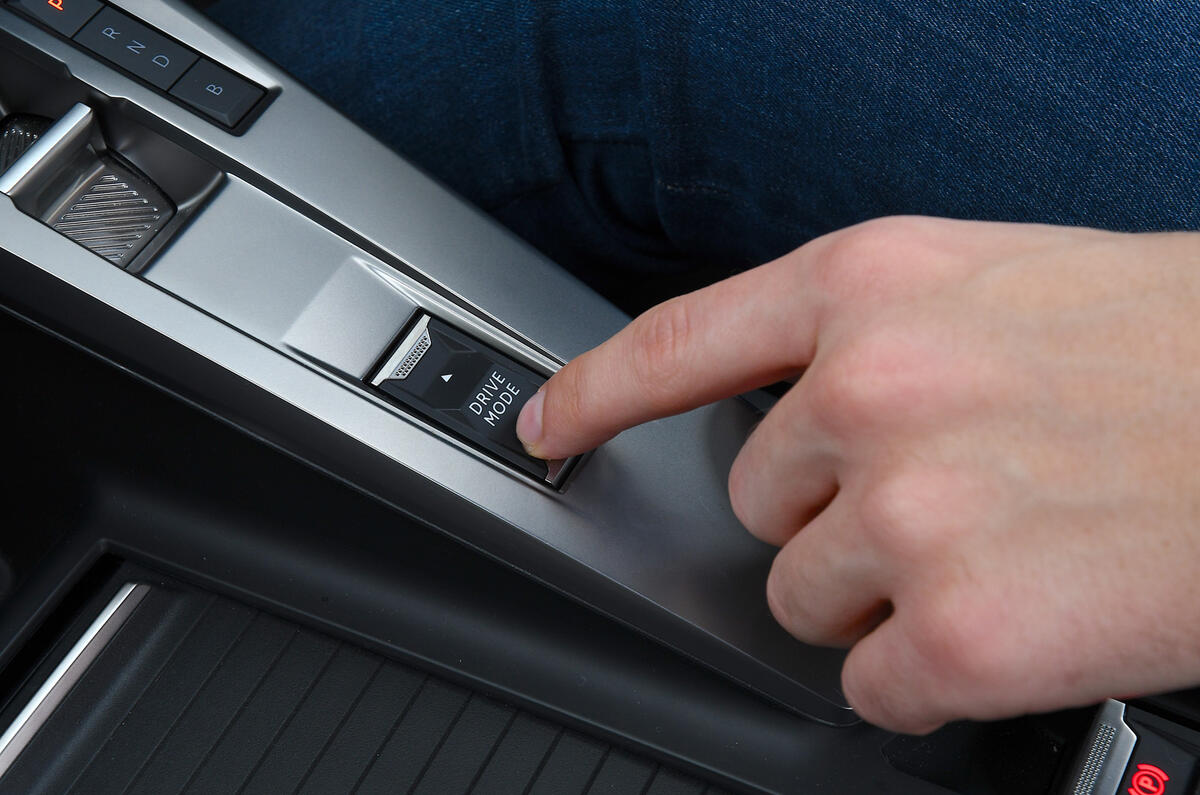
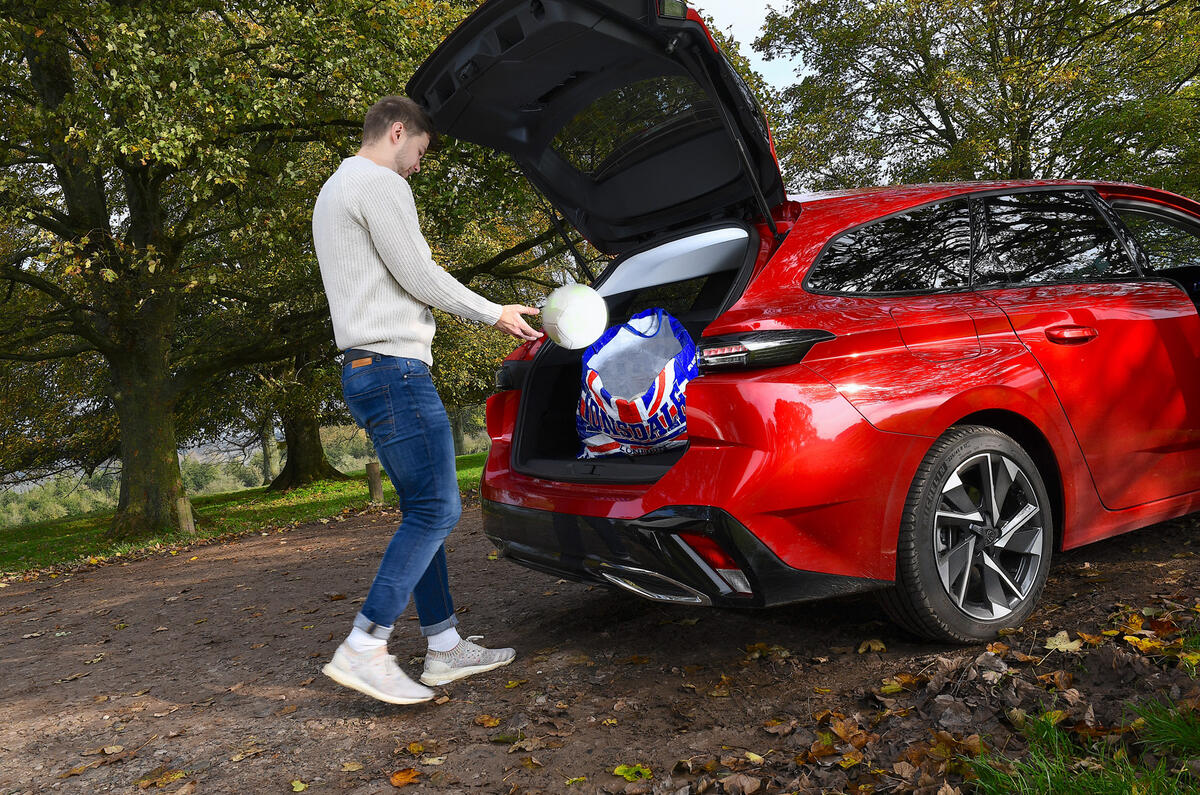
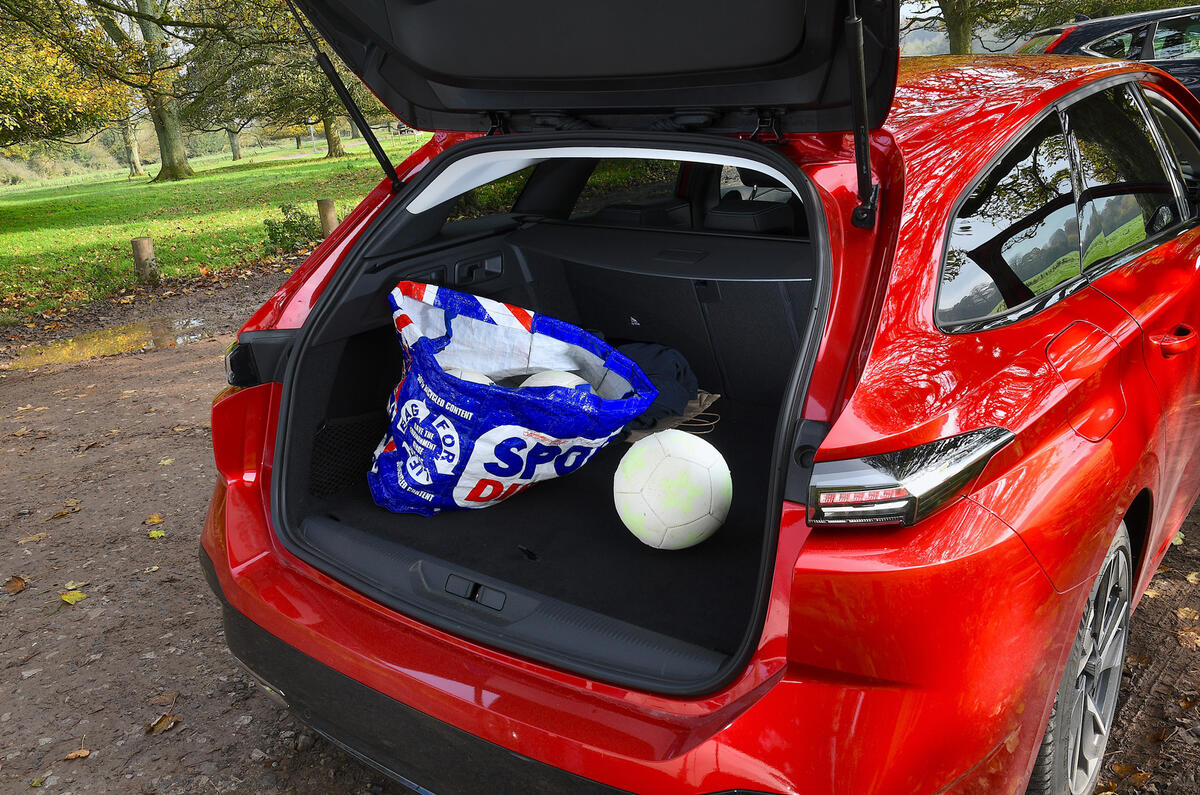
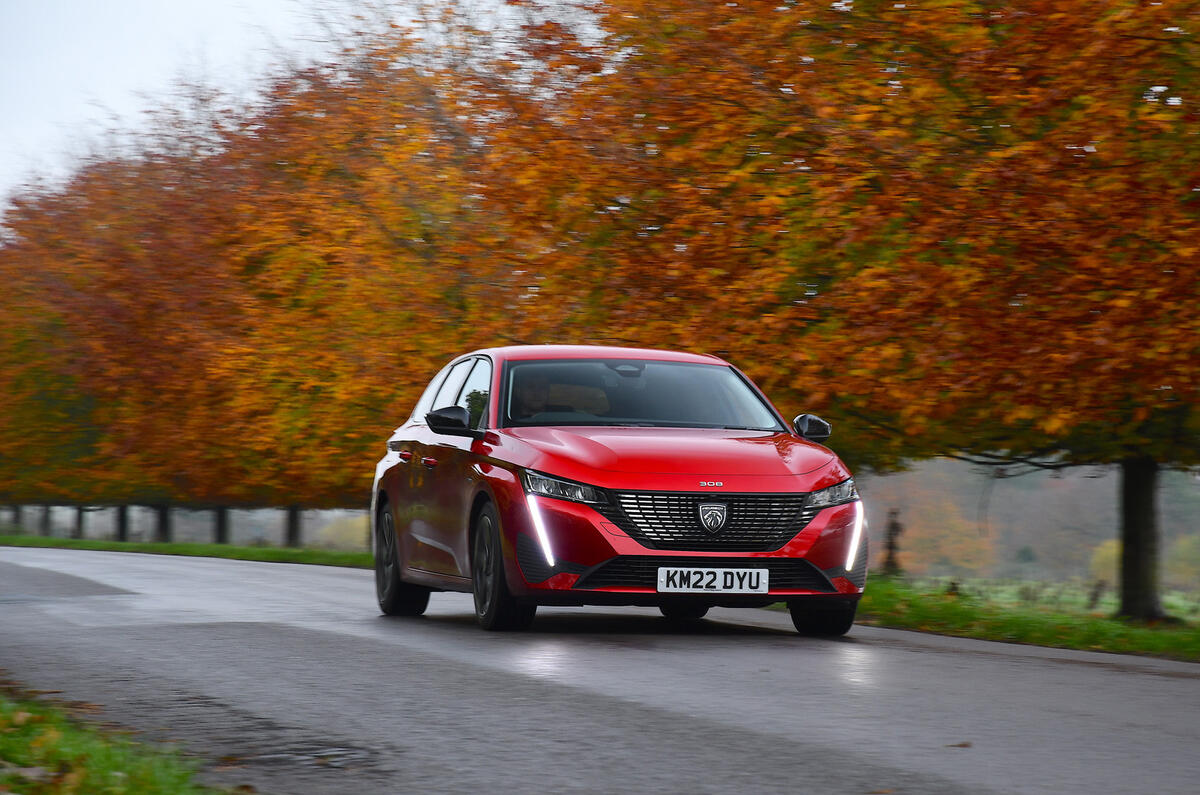
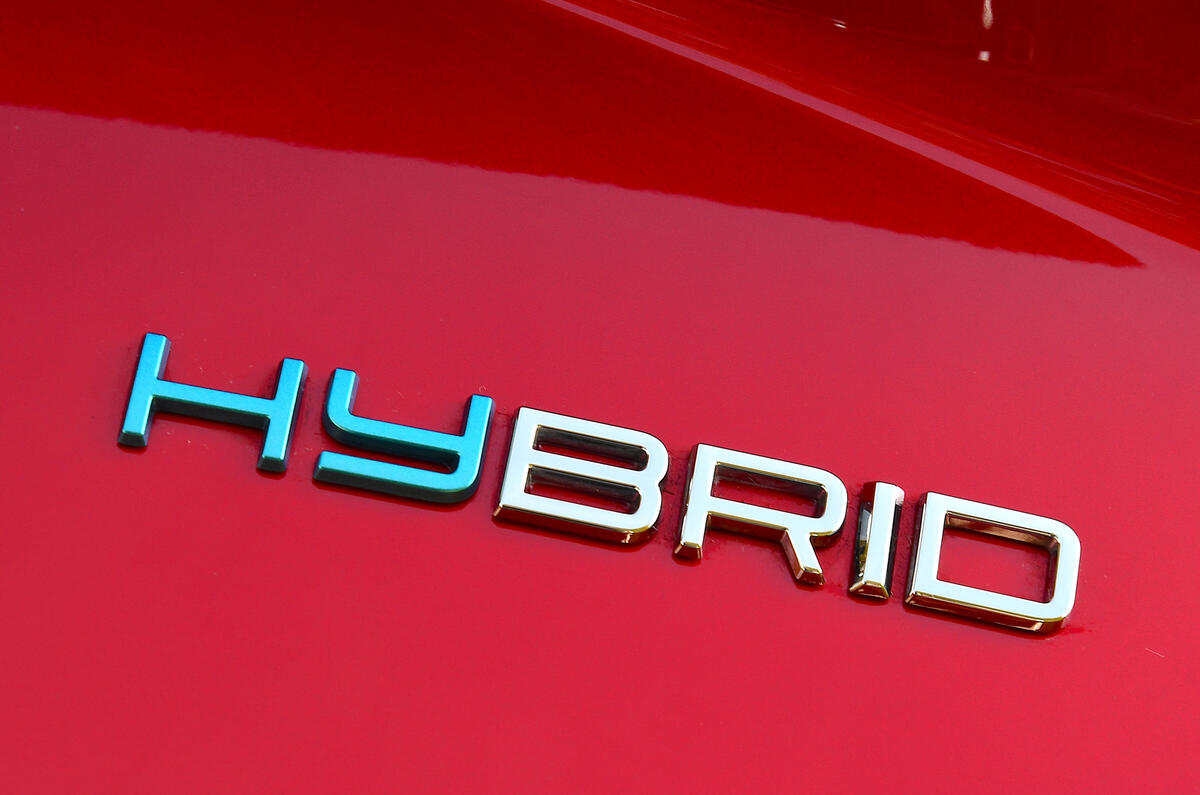
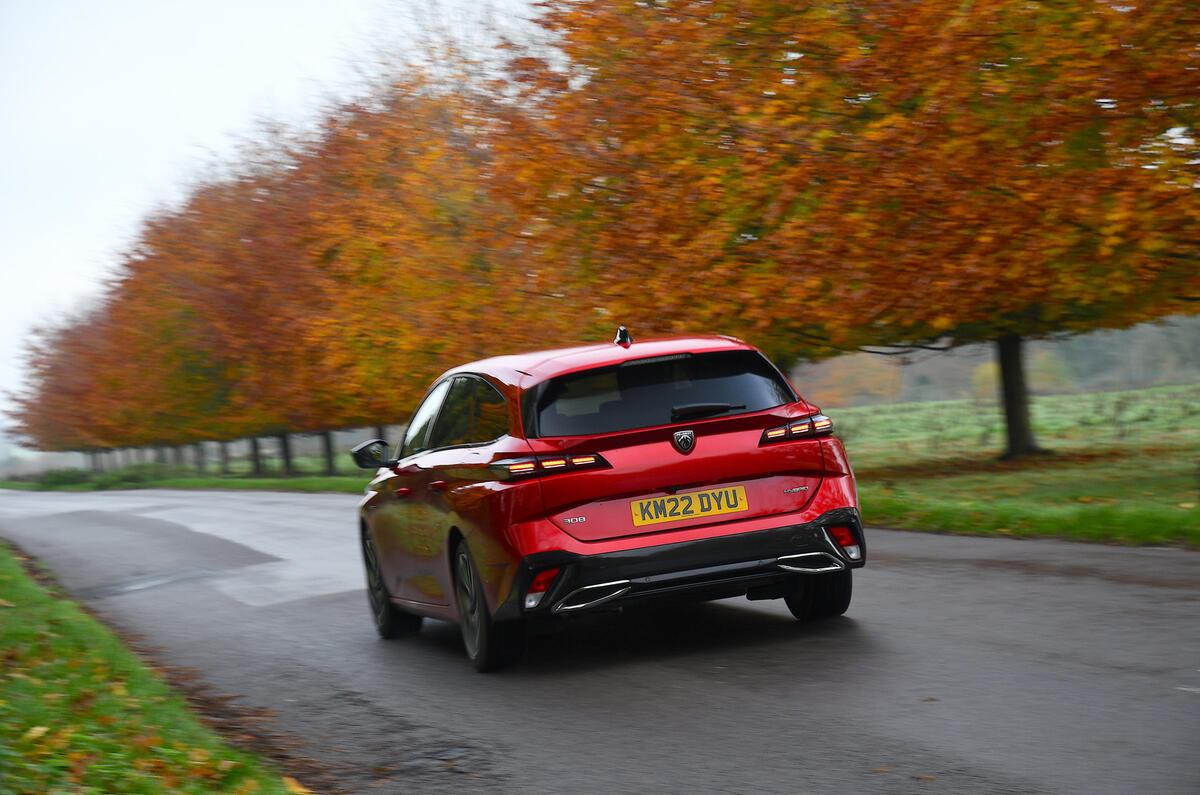
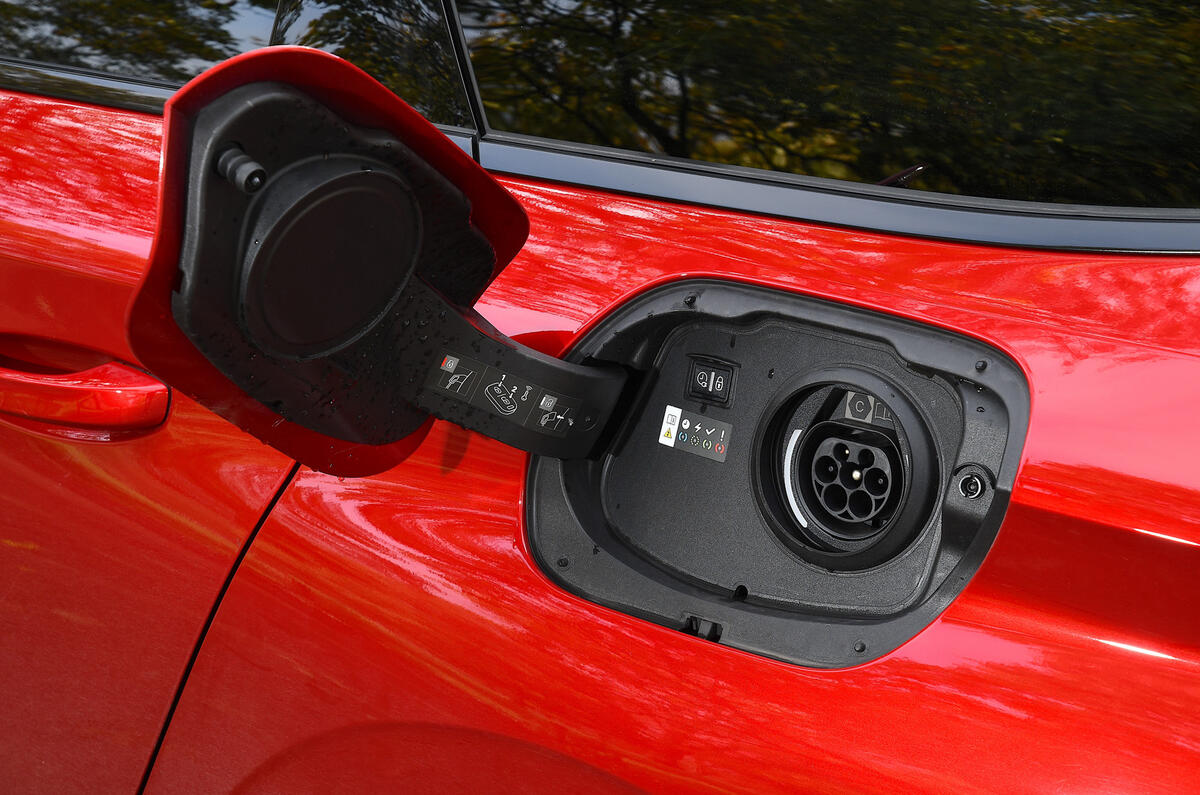
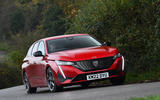













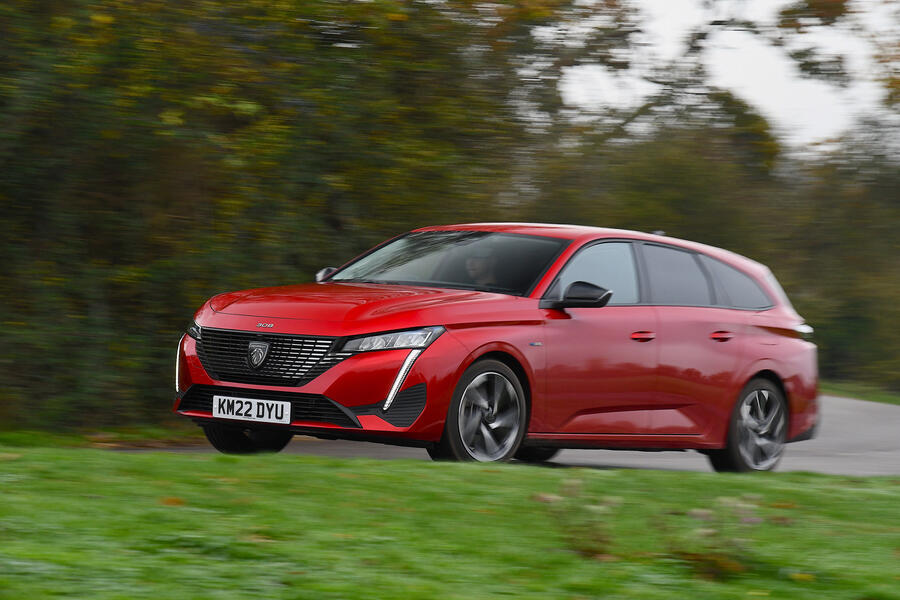
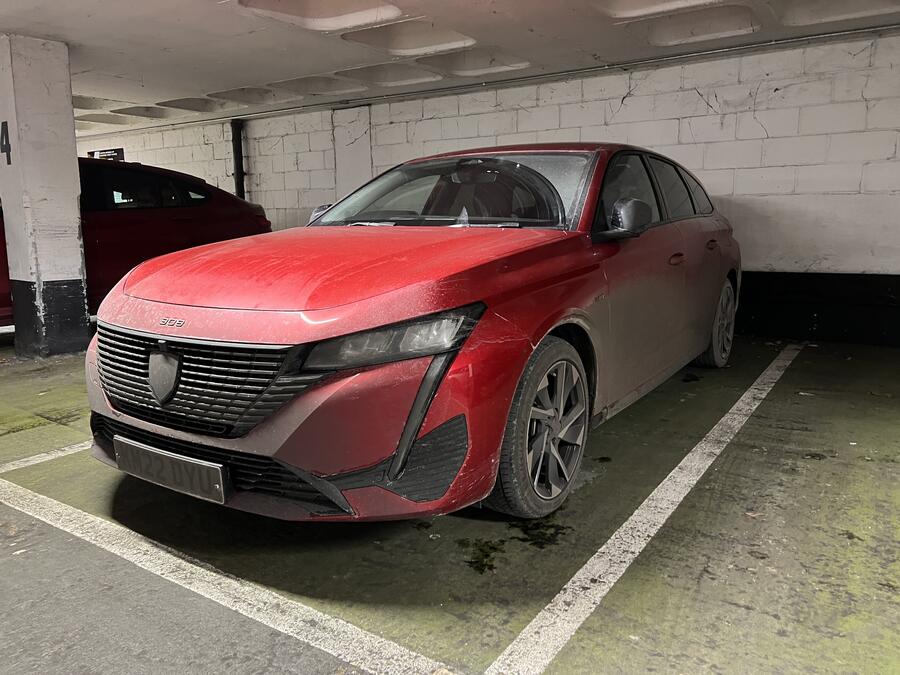
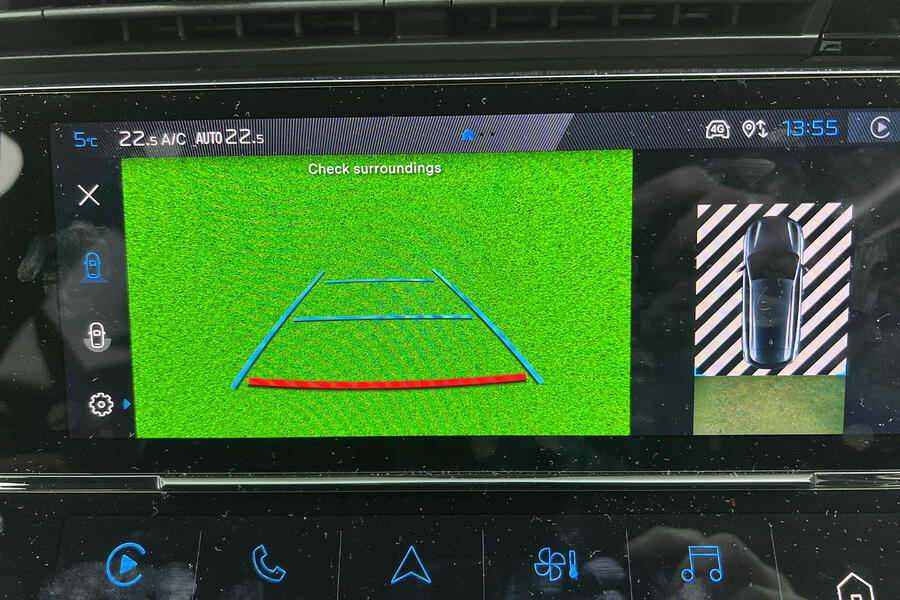
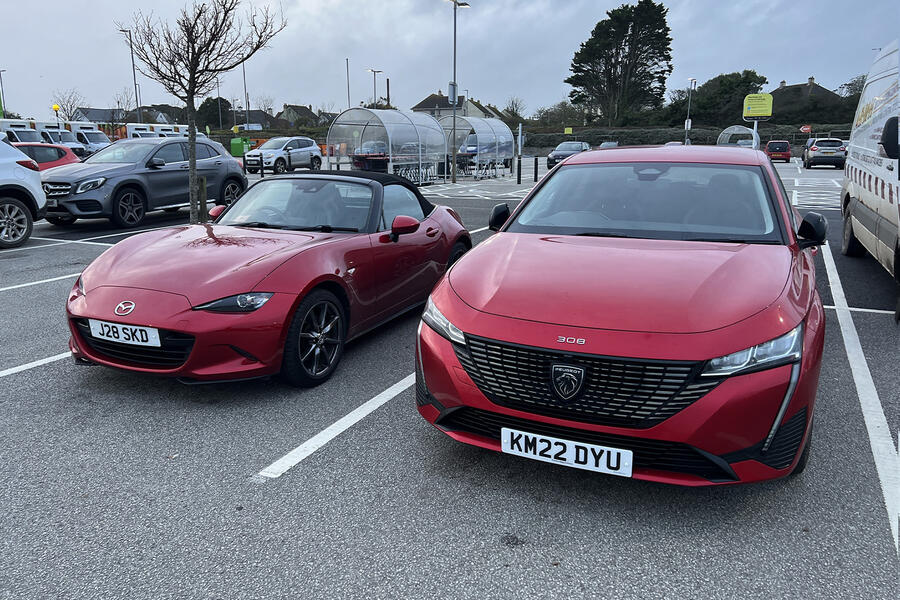



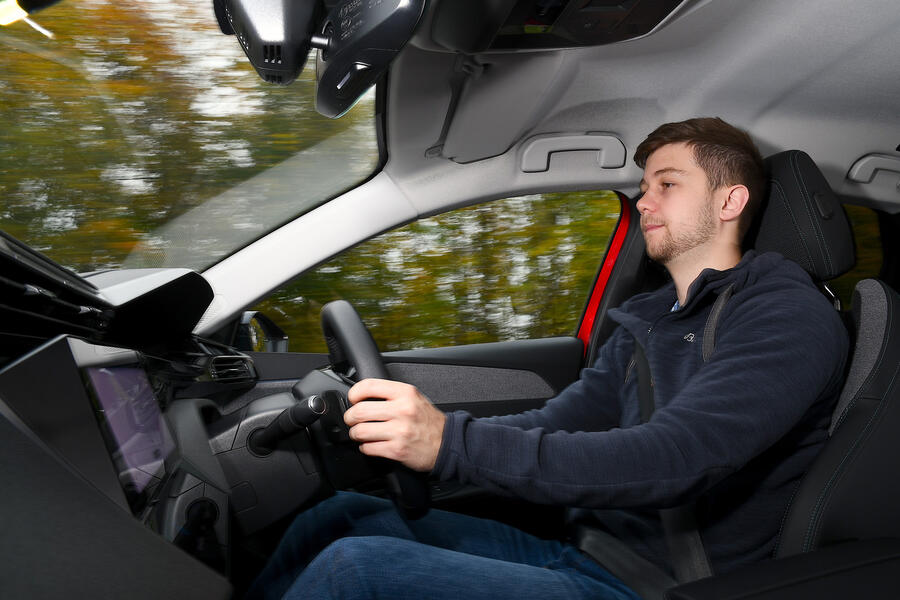
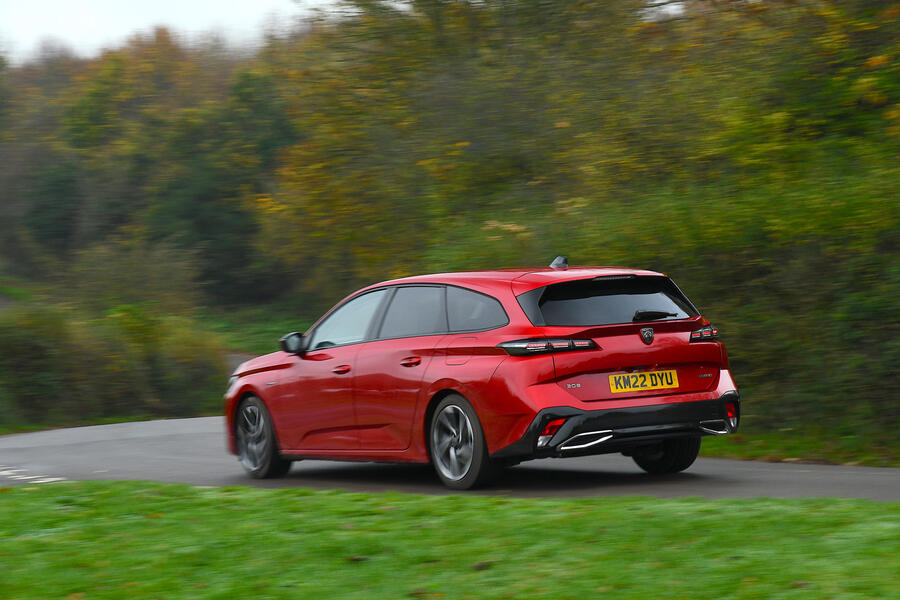
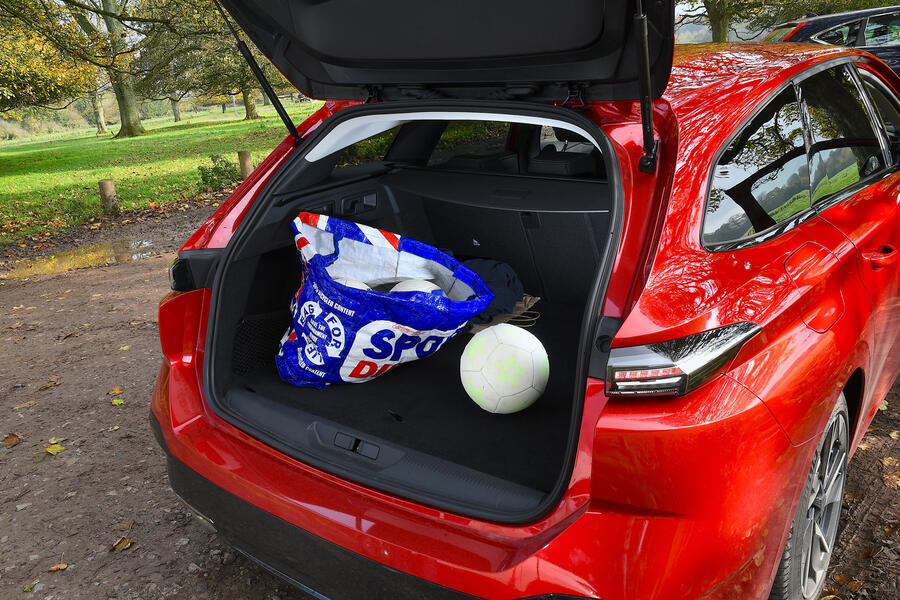

Join the debate
Add your comment
Looks stylish but it seems like month 2 wasn't a good one, never mind the poor petrol consumption and limited electric only range. I think I'd just buy a Toyota and be done with it!
1. Heated seats. No one uses heated seats on a battery powered car. They warm the car up from the charger.
2. 18 miles? Try selecting generation braking and try warming the car while it's plugged in, as above. That'll give you a lot more miles.
3. Has anyone from Autocar ever measured the consumption of an ICE car on winter mornings. It might balance the conversation a bit.
1. yes they do because it has advantages over using the heater. Oh this isn't a pure battery car by the way.
2. 18 miles is rubbish, a car cools down so quickly warming it up beforehand makes little difference, couple of miles maybe on such a poorly performing car.
3. ICE cars warmup within a few miles then become more efficient. After 18 miles some people would have finished their journey.
I pretty much only use the heated seats and steering wheel. Yes, I do preheat the car whilst it is on charge before I set off, but even on the coldest of days whilst on my actual journey, I never use use the heater, only the heated seats. It makes quite a different to the efficiency.
Autocar!!!
If you allow your precious space to be used for advertisement that waste our time, people may fill in more comments regarding sports, politics, fashion, housing etc.
are you prepared for that or please erase anything that is not purely automotive.